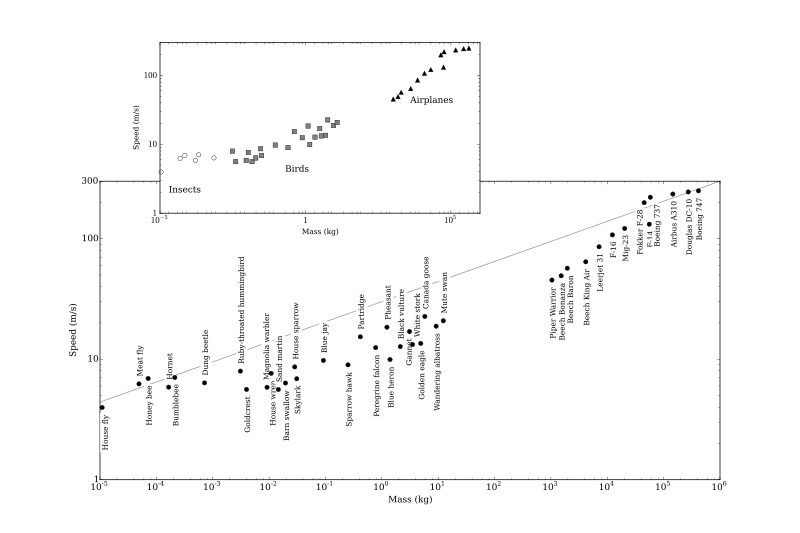I am going to go against what I read about some of the comments about the video.
The Mothra video shows all in few seconds: high power during rising, then depower.
The sand was used to hold the kite at the ground before launching, but in the same time it shows the force (several tons), so the potential of power by multiplying the force with the reel-out speed. As the power of a wind turbine is the torque X the angular speed, the power of a pulling kite is the force X the reel-out speed.
Then on the video we see the kite stung from his nose: it is a potential efficient depower way to study.
I remember some discussions on the old forum, with Mothra lifting turbines. But turbines are not needed. They will be cumbersome and dangerous when the set scaled and will be subject to uncontrollable aeroelastic divergence.
For this the yoyo mode is specially appropriate as during the vertical trajectory (see Magenn) it flies crosswind, certainly on a short trajectory, implying a short power phase since the kite can fly at 26.6 m/s (let us assume a wind speed of 10 m/s, and a L/D ratio of 4, and a reel-out speed of 3.3 m/s). Then the depower recovery phase by the nose could be fast and without too much expense of energy as the video suggests.
A ground installation allowing facing all winds has been documented, but I have some idea for a simpler and more robust installation as it must undergo tons of traction, thousands tons for a 85 MW 1 km span arch. After all if (as @tallakt indicates) “Makani’s first 1-2 meter wingspan experiments and conpating them to the current 600 kW model”, the first 50 m span arch could be a model for a 1 km span arch.
And a complete arch AWES matches the power/space use ratio I often invoke, and that far better than a crosswind kite like Makani.
A quick calculation (always with 10 m/s wind speed) for a 1 km span and 120 000 m² (1km X 0.12 km) arch and 1 km tethers leads to a force of 5100 tons (51 000 000 N) then 170 MW then 85 MW by taking account of the time and the expense of energy for the recovery phase, while Makani could use only one device of 5 MW, perhaps 10 MW in spite of the higher wing efficiency.
So Mothra deserves more analysis, more R&D, and a 300 m² permanent rig on a AWES test site, perhaps Establishing a Highly Windy AWES test site.
